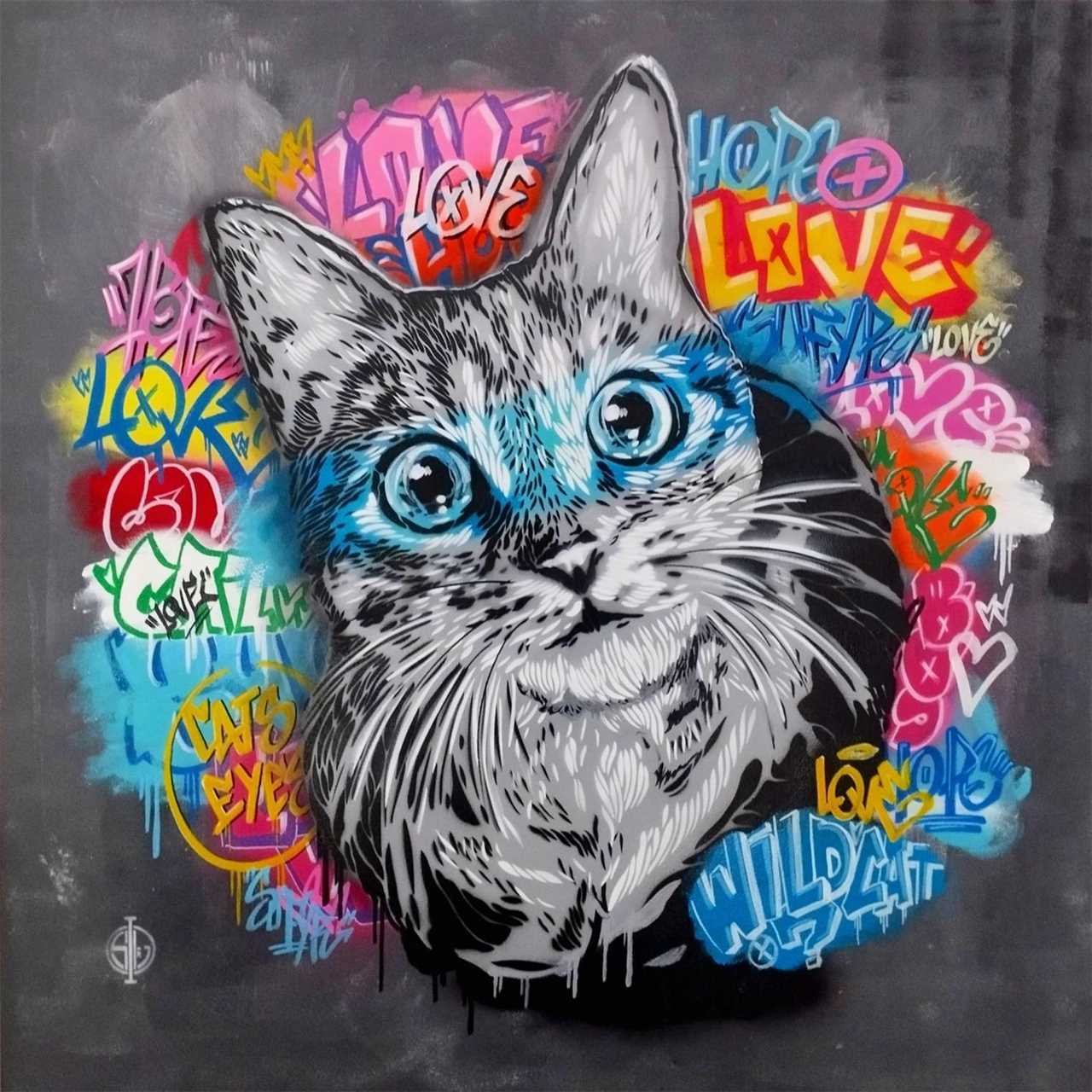
Street art is a highly influential form of artistic expression that takes place in urban spaces all over the world. What began as an underground movement has now evolved into a recognized form of art, with many talented artists gaining notoriety for their thought-provoking creations. Unlike traditional art forms that are confined to galleries and museums, street art is accessible to everyone who walks the streets, making it a powerful tool for social commentary and self-expression.
What sets street art apart from other art forms is its ability to engage and interact with its surroundings. Artists use public spaces as their canvas, creating colorful murals, graffiti, and installations that transform the environment. This transient nature of street art allows for constant change and evolution, as new pieces are created and old ones fade away over time.
One of the most captivating aspects of street art is its ability to provoke thought and spark conversations. Artists often use their work to address social, political, and environmental issues, bringing awareness to topics that may be overlooked in mainstream media. Through bold imagery and thought-provoking messages, street art has the power to challenge the viewer’s perception of the world and inspire action.
Street art has a long and rich history that dates back to ancient times. Although it is now recognized as a legitimate form of art, it was not always viewed this way. Street art began as a form of protest and self-expression, created by individuals who wanted to challenge societal norms and make their voices heard.
Origins
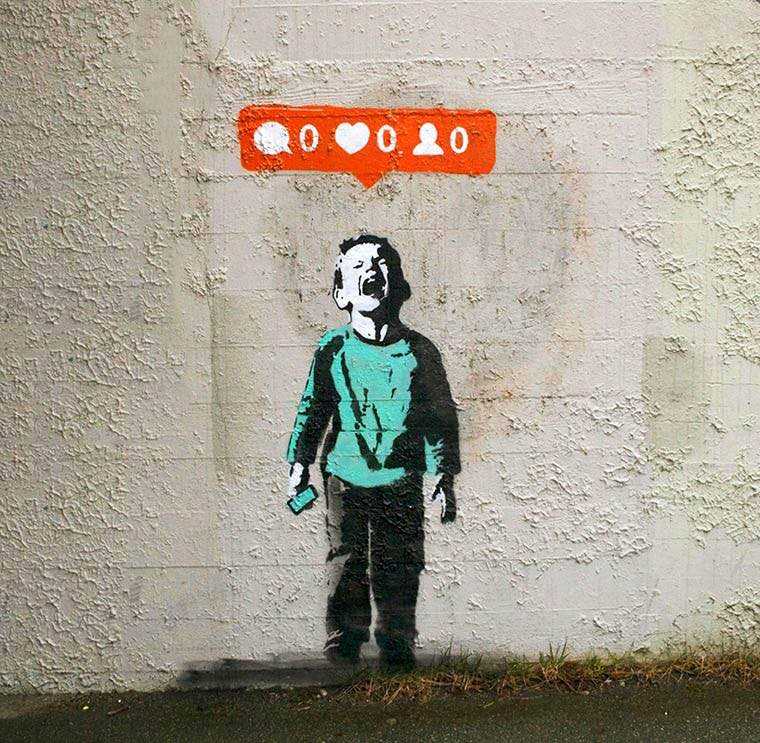
The origins of street art can be traced back to ancient civilizations, where people would create drawings and paintings on the walls of buildings and caves. These early forms of street art served as a way for people to communicate and share stories, often focusing on religious or political themes. Examples of ancient street art can be found in places like Pompeii and Egypt, showcasing the enduring power of this art form.
The Rise of Graffiti
In recent history, street art gained widespread attention through the rise of graffiti in the late 1960s and early 1970s. Graffiti artists, often associated with urban areas and subcultures like hip-hop, used spray paint to create colorful and elaborate murals on the walls of cities. This form of street art became a way for marginalized communities to express their frustrations and demand social change.
However, graffiti was often seen as vandalism and was met with resistance from authorities. Many cities implemented strict laws and penalties to deter graffiti artists, leading to a constant battle between artists and the establishment. Despite this opposition, graffiti continued to thrive and evolve, with artists finding new ways to express themselves and push the boundaries of their art form.
Street Art Today
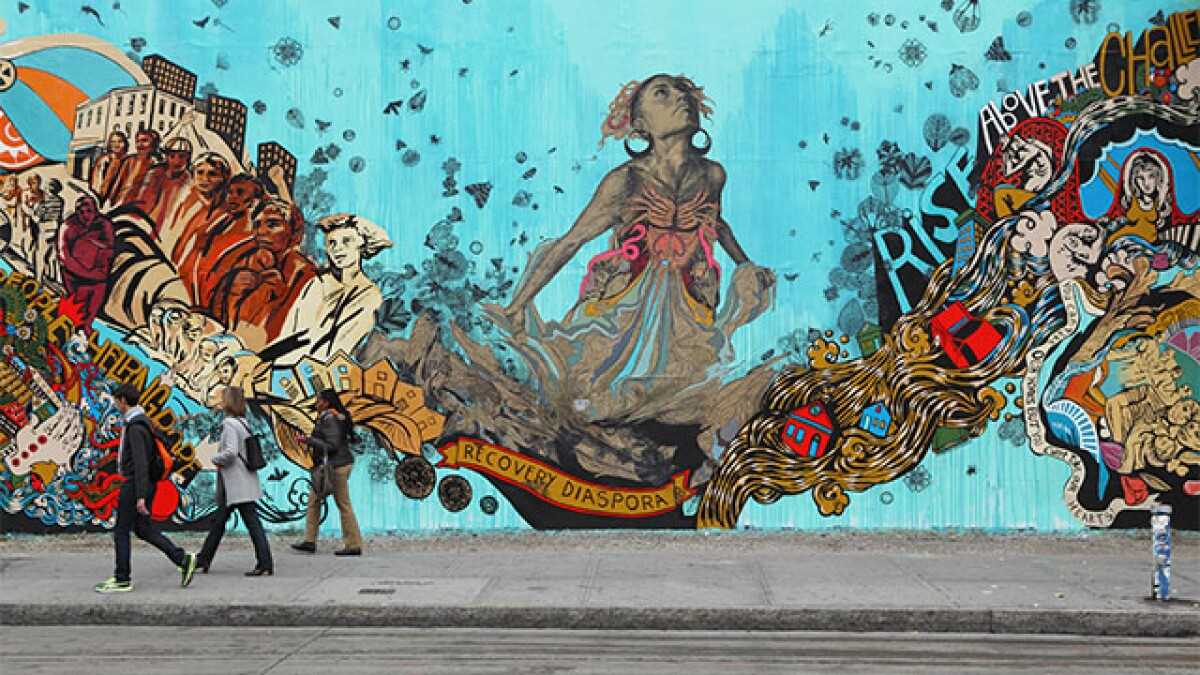
Today, street art has evolved into a diverse and widely recognized art movement. Artists around the world use a variety of techniques and mediums to create powerful and thought-provoking works of art on streets, walls, and public spaces. Street art has become a way for artists to engage with the public, challenge social norms, and transform urban environments into vibrant and dynamic spaces.
While some street artists continue to operate in the underground, others have gained mainstream recognition and are exhibited in galleries and museums. The acceptance and appreciation of street art as a legitimate art form have grown over the years, contributing to its continued evolution and impact on contemporary culture.
| Year | Event |
|---|---|
| 1968 | The first large-scale graffiti piece is created in Philadelphia by local teenagers. |
| 1980s | Graffiti art gains popularity in New York City and spreads to other major cities around the world. |
| 2000s | Street art receives increased recognition and acceptance from the art world and mainstream society. |
| 2020 | Street art continues to thrive, with artists using it as a platform for social and political commentary. |
The Evolution of Spray Paint

Spray paint has become an integral part of the street art movement, allowing artists to create vibrant and intricate works on various surfaces. The evolution of spray paint has played a significant role in the development and popularity of street art as an art form.
Early Days of Spray Paint
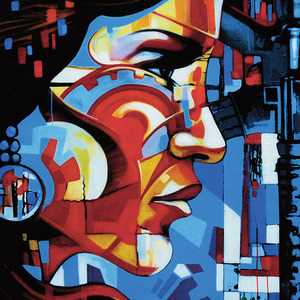
The origins of spray paint can be traced back to the 1940s, when Ed Seymour developed the first aerosol paint can. Initially used for industrial purposes such as marking livestock, it didn’t take long for artists to recognize its potential as a tool for creating large-scale artworks.
In the 1960s, spray paint started gaining popularity among graffiti artists in cities like New York and Philadelphia. It allowed them to create art quickly and stealthily, as the spray cans were portable and easy to use. This led to the rise of graffiti as a form of self-expression in urban environments.
Advancements in Spray Paint Technology
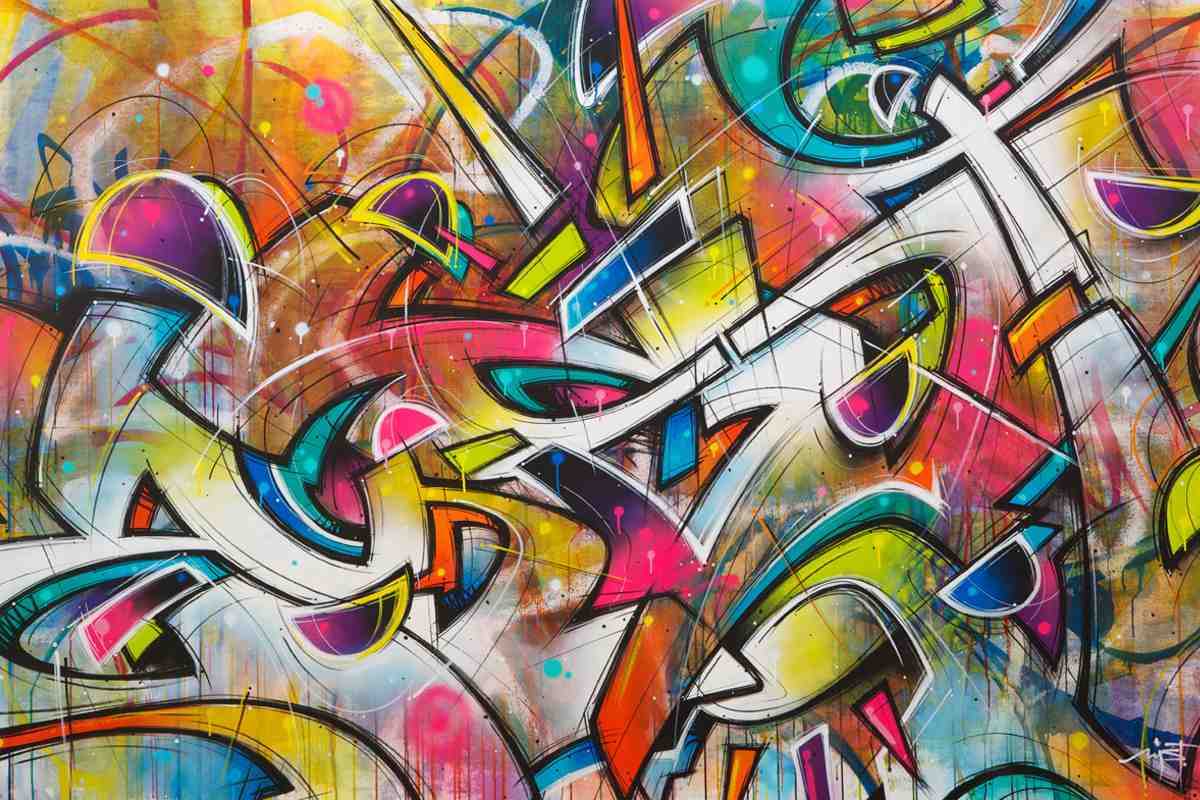
As the popularity of graffiti and street art grew in the 1970s and 1980s, so did the demand for better quality spray paints. Manufacturers responded by developing paints specifically designed for artists, with features such as different nozzle options, high pigment concentration, and improved coverage and durability.
The introduction of different caps and nozzles allowed artists to have more control over the width and pattern of the spray, enabling them to achieve more intricate details and effects. The advancements in technology also resulted in the creation of spray paint formulas with a wider range of colors, including metallics and fluorescents.
Another significant development was the introduction of low-pressure spray cans in the 1990s. These cans allowed artists to have more control over the paint flow and reduced the risk of drips and overspray. This innovation further expanded the possibilities for artists to create complex and precise artworks.
Impact on Street Art
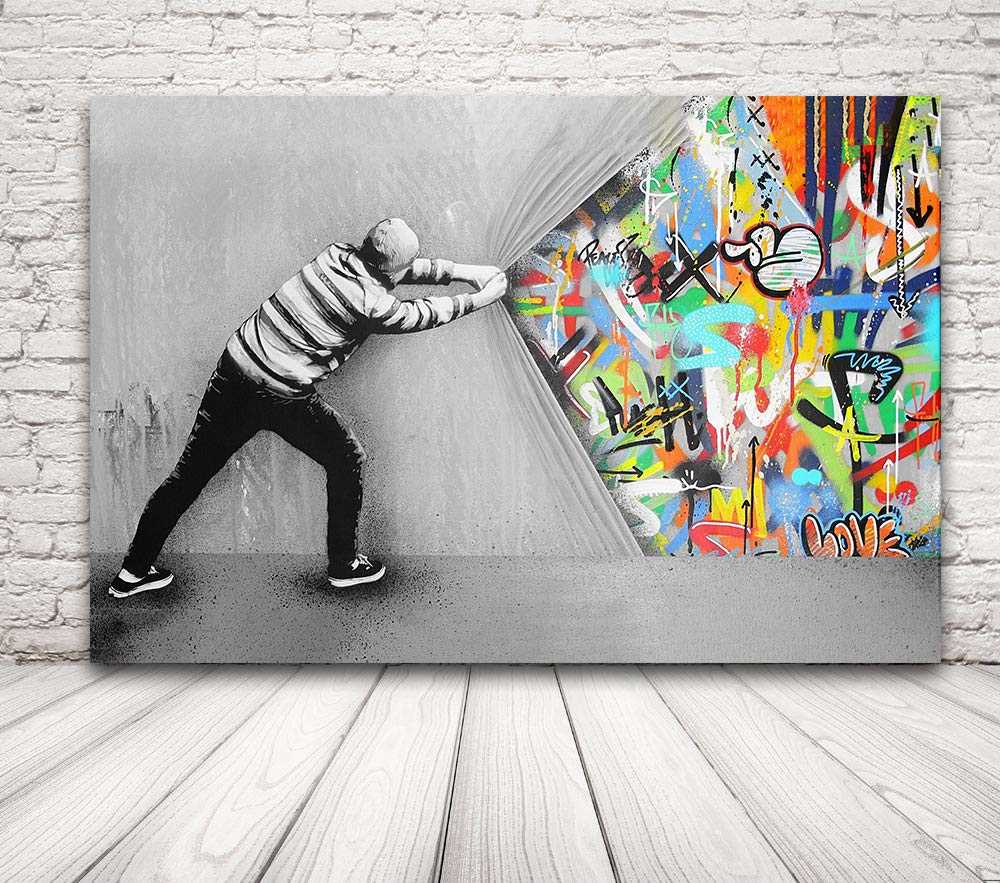
The evolution of spray paint technology has been instrumental in the growth and evolution of street art as a recognized art form. It has provided artists with a versatile and accessible medium to create vibrant and visually striking works.
Spray paint has also contributed to the democratization of art, as it allows artists to create large-scale works in public spaces without the need for expensive equipment or materials. It has given a voice to marginalized communities and has become a powerful tool for social and political commentary.
Today, spray paint continues to be a vital tool for street artists and graffiti writers around the world. Its evolution has revolutionized the way art is created and experienced in urban environments, pushing the boundaries of what is possible and inspiring future generations of artists.
Famous Street Artists
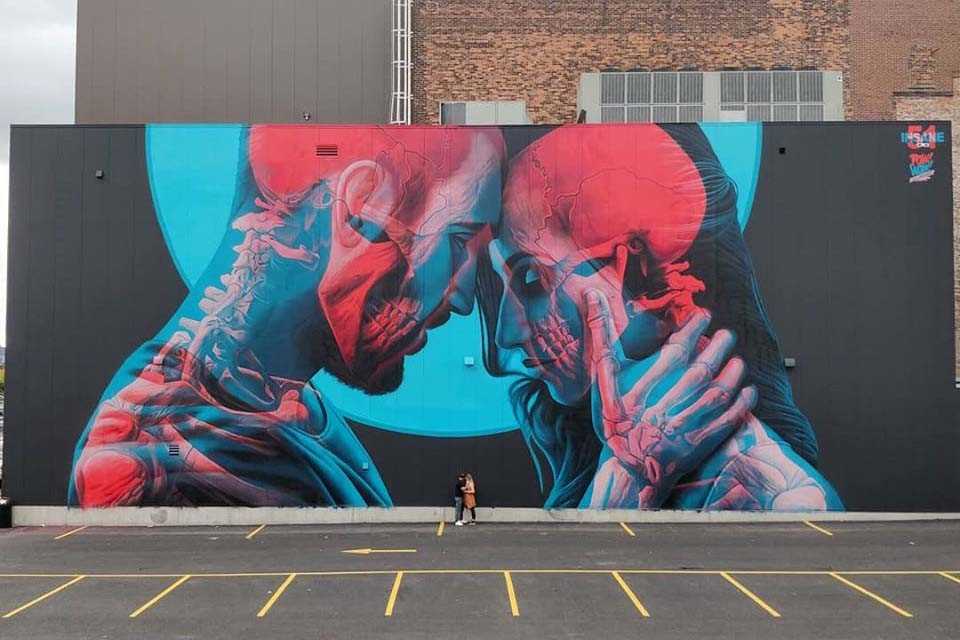
Street art is a vibrant and dynamic form of artistic expression that can be found in cities around the world. It captures attention, reflects societal issues, and adds color and creativity to otherwise ordinary urban environments. Many street artists have gained international recognition for their unique and thought-provoking work. Here are some famous street artists that have left a lasting impact on the art world:
Banksy: Known for his political and satirical stencil graffiti, Banksy’s identity remains a mystery. His works, which often use dark humor to comment on social and political issues, have become iconic and can be found in cities worldwide.
Shepard Fairey: Shepard Fairey gained prominence with his “Obey Giant” campaign and his iconic “HOPE” poster of Barack Obama during the 2008 presidential election. Fairey’s work often includes bold graphics and political messages.
Jean-Michel Basquiat: While primarily known for his paintings, Basquiat also left his mark on the street art scene during his short but influential career. His graffiti-style artwork incorporated abstract imagery, text, and cultural references.
Keith Haring: Keith Haring’s vibrant and distinctive style is instantly recognizable. His iconic use of bold lines, vivid colors, and simplified figures made his work accessible and relatable to a wide audience. Haring’s art often conveyed messages of social justice and equality.
Invader: Invader is a French street artist who gained recognition for his pixelated mosaic tile artwork based on characters from old video games. His pieces can be seen on walls and buildings in cities across the globe.
JR: JR is a French artist known for his large-scale photographic murals. His works often shine a light on marginalized communities and encourage dialogue about social and political issues.
These are just a few of the many talented street artists who have made an impact on the art world. Their artwork continues to inspire and challenge perceptions, proving that art can thrive outside of traditional gallery spaces.
The Role of Stencils in Street Art
Street art relies on various techniques and tools to create captivating and thought-provoking artworks. One of the most commonly used tools in street art is the stencil. Stencils play a crucial role in the creation of intricate and detailed street art pieces.
What are Stencils?
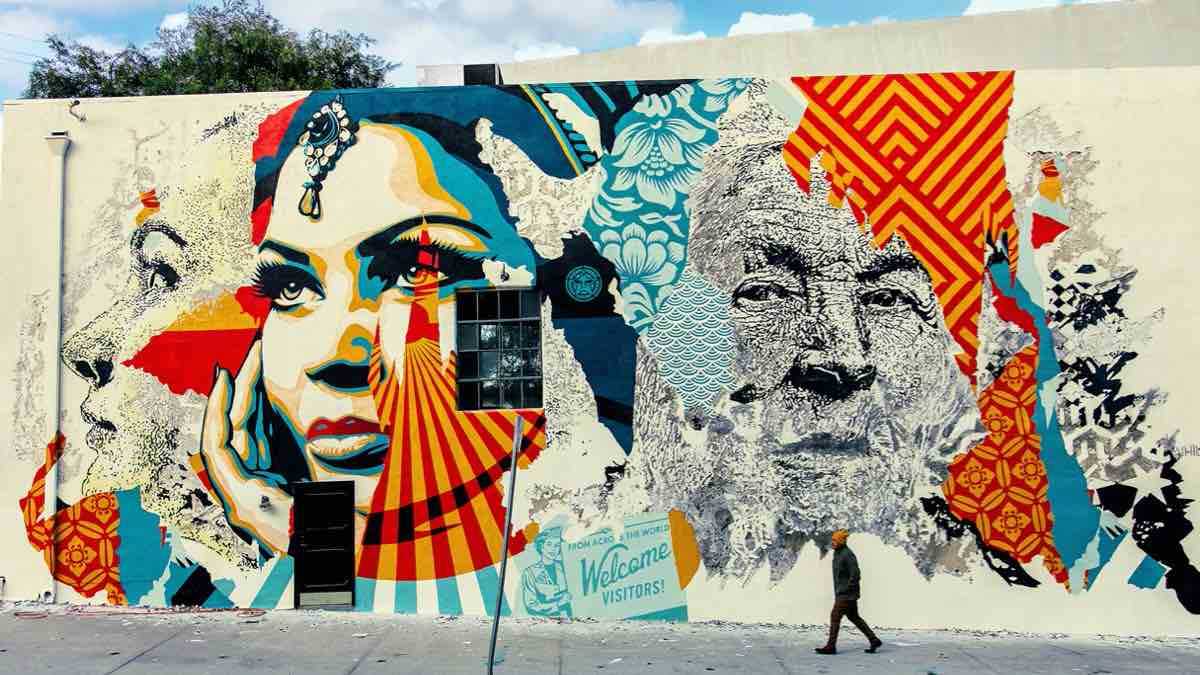
Stencils, in the context of street art, are oversized templates made of thin, flexible material, such as cardboard or plastic. These templates are usually cut with precision to create specific shapes, patterns, or designs. Artists use stencils as a guiding tool to repeat elements in their artworks, ensuring consistency and accuracy.
Stenciled street art allows artists to quickly reproduce their designs on different surfaces. It enables them to work efficiently and cover larger areas in a shorter amount of time, making it perfect for creating impactful murals.
By using stencils, artists can easily apply multiple layers of paint to create depth and texture in their artworks. The use of different stencils allows artists to create complex compositions with intricate details that would be challenging to achieve freehand.
The Impact of Stencils in Street Art
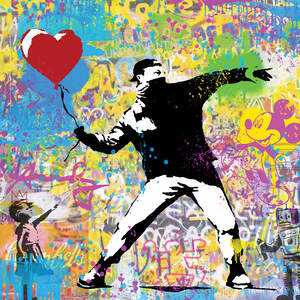
The use of stencils in street art has revolutionized the art form, making it more accessible and efficient. Artists can create detailed and visually striking artworks while minimizing the time spent on repetitive tasks. This freedom allows them to focus more on the creative aspects of their art and experiment with different styles and techniques.
Stencils have also contributed to the rise of street art as a legitimate and respected form of artistic expression. The precision and level of detail achievable through stencils have elevated the quality of street art, challenging traditional notions of what constitutes art.
Furthermore, stencils have played a significant role in spreading social and political messages through street art. Artists can create powerful and impactful artworks that convey their ideas and beliefs to a broader audience. Stencils allow for the quick reproduction of images, making it easier for artists to participate in public discourse and raise awareness about important issues.
The Impact of Murals on Urban Landscapes
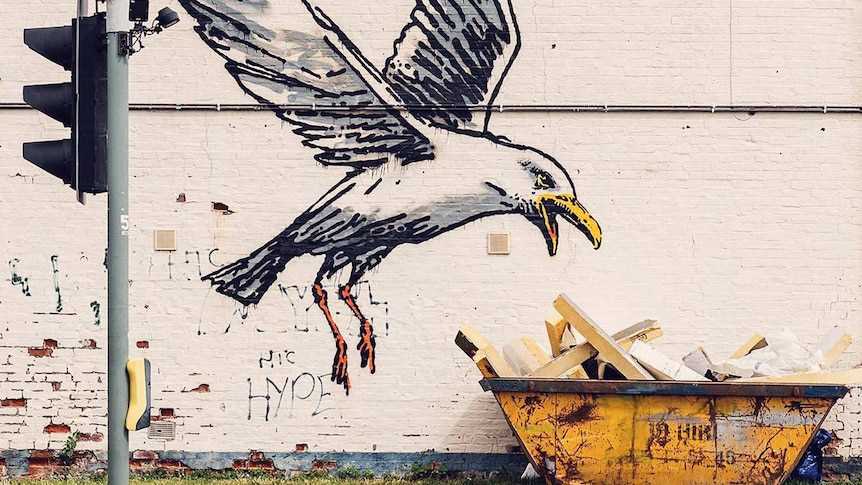
Murals are a form of street art that have been a part of urban landscapes for centuries. These large-scale paintings can be found on the sides of buildings, bridges, and other structures in cities around the world. They have the power to transform the appearance of a neighborhood, making it more vibrant and culturally rich.
One of the main impacts of murals on urban landscapes is their ability to beautify a space. Dull, concrete walls are transformed into colorful, eye-catching works of art that capture the attention of passersby. Murals can breathe new life into neglected or run-down areas, providing a sense of pride and identity to the community.
Murals also have the potential to convey a message or tell a story. Artists often use their artwork to address social and political issues, bringing awareness to topics such as inequality, climate change, or human rights. By placing these messages in public spaces, murals become a form of public art that sparks conversations and encourages dialogue among city dwellers.
In addition to their aesthetic and communicative value, murals can also have an economic impact on urban landscapes. A well-executed mural can attract tourists and visitors to a neighborhood, increasing foot traffic to nearby businesses. Local restaurants, cafes, and shops can benefit from the increased visibility and tourism generated by the murals. This, in turn, can lead to economic growth and revitalization in the area.
| Impact of Murals on Urban Landscapes |
|---|
| Beautification of space |
| Conveying messages and fostering dialogue |
| Economic growth and revitalization |
Street Art vs. Graffiti: Understanding the Difference
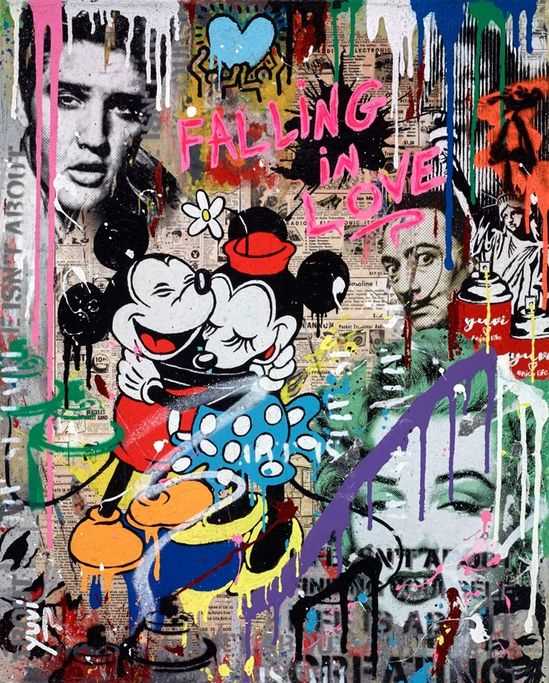
Street art and graffiti are often used interchangeably, but they are not the same thing. While both involve creating art in public spaces, there are some key differences between the two.
Street Art
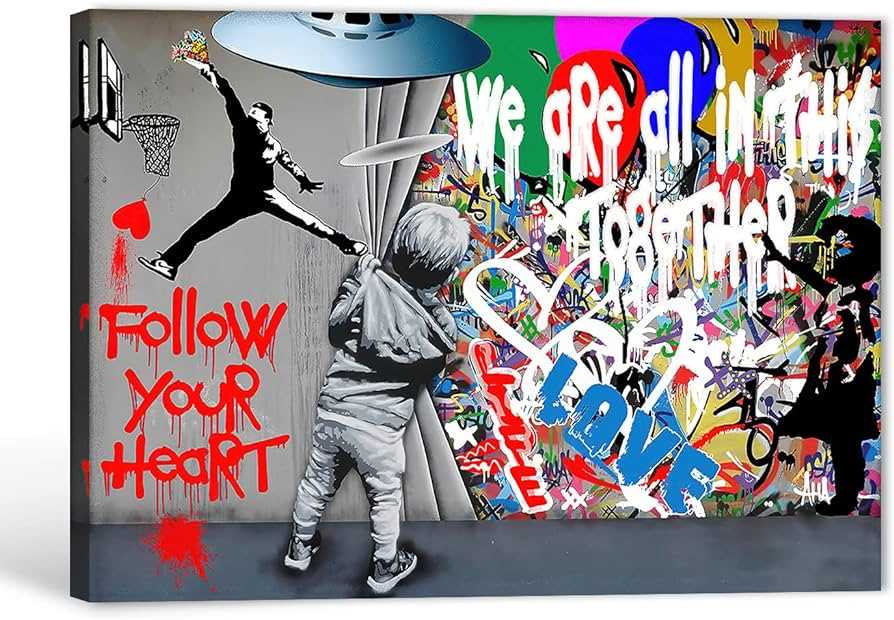
Street art is generally more accepted and seen as a form of public art. It is often created with permission and aims to beautify or enhance the urban environment. Street art can take various forms, such as murals, stencils, installations, and 3D art. Artists who create street art usually have a specific message or social commentary they want to convey. The art is often colorful, visually striking, and can be found in different locations around a city.
Graffiti
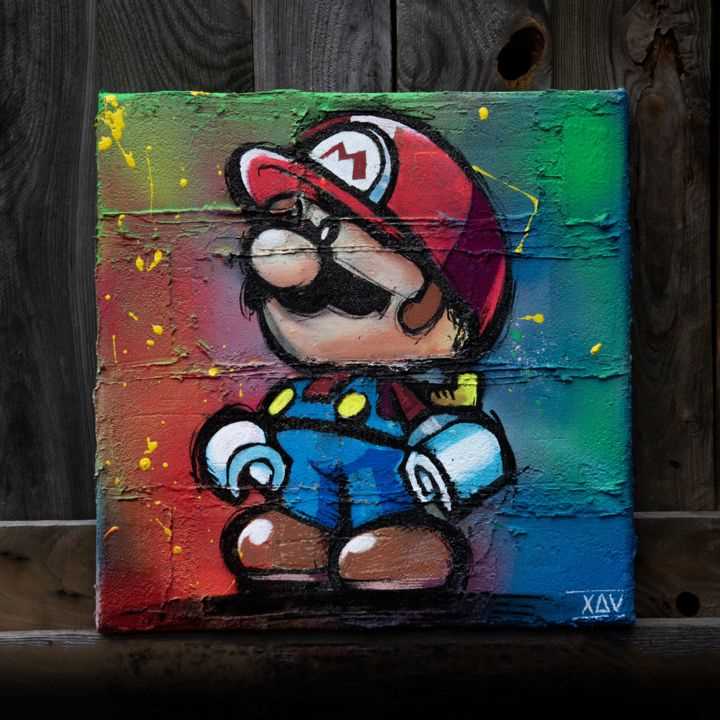
Graffiti, on the other hand, is typically considered more illegal and associated with vandalism. It is often done without permission and involves the use of spray paint or markers to create tags, throw-ups, and pieces. Graffiti is often seen as a way for individuals or groups to mark their territory or make their presence known. Unlike street art, graffiti does not usually have a specific message or intention beyond self-expression. It is often seen as defacing public property and can be subject to criminal penalties.
Here is a comparison between street art and graffiti:
| Street Art | Graffiti |
|---|---|
| Accepted as public art | Considered illegal |
| Created with permission | Often done without permission |
| Has a specific message or social commentary | Primarily self-expression |
| Enhances the urban environment | Often seen as defacing public property |
Exploring Different Styles of Street Art
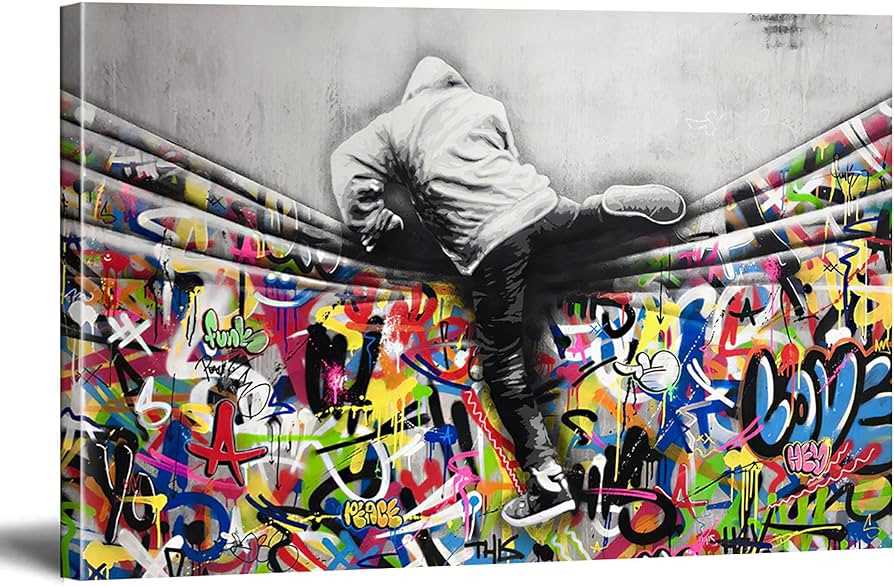
Street art is a diverse and vibrant form of artistic expression that can be found in cities all over the world. From colorful murals to intricate stencil designs, there are many different styles of street art that artists employ to make their mark on the urban landscape.
Graffiti
Graffiti is one of the most recognizable forms of street art. It involves using spray paint, markers, or other materials to create large-scale murals or lettering on walls and other surfaces. Graffiti often carries a political or social message and is known for its bold colors and wild, expressive lettering styles.
Stencil Art

Stencil art is another popular style of street art that involves creating images by spraying paint through a stencil. This allows artists to achieve crisp, precise lines and intricate designs. Stencil art can range from portraits of famous figures to abstract patterns and can be found in both large-scale murals and smaller, more hidden locations.
Other styles of street art include wheat-pasting, which involves adhering printed images to surfaces using a mixture of wheat flour and water, as well as installations, which can involve anything from sculptures and installations to interactive pieces that engage with their surroundings.
A great way to explore the different styles of street art is by taking a walking tour of a city known for its vibrant street art scene. This allows you to see the art up close and learn about the artists and their motivations. You can also explore street art galleries or attend street art festivals, where artists from around the world come together to showcase their work.
| Style | Description |
|---|---|
| Graffiti | Involves large-scale murals and expressive lettering created with spray paint or markers. |
| Stencil Art | Involves using stencils to create precise designs and images with spray paint. |
| Wheat-pasting | Uses a mixture of wheat flour and water to adhere printed images to surfaces. |
| Installations | Involves creating sculptures, interactive pieces, or other works of art in public spaces. |
Exploring the different styles of street art can be an inspiring and eye-opening experience. Whether you’re a fan of graffiti, stencil art, or other forms of street art, there’s something for everyone to appreciate and enjoy.
Street Art as a Form of Social Commentary
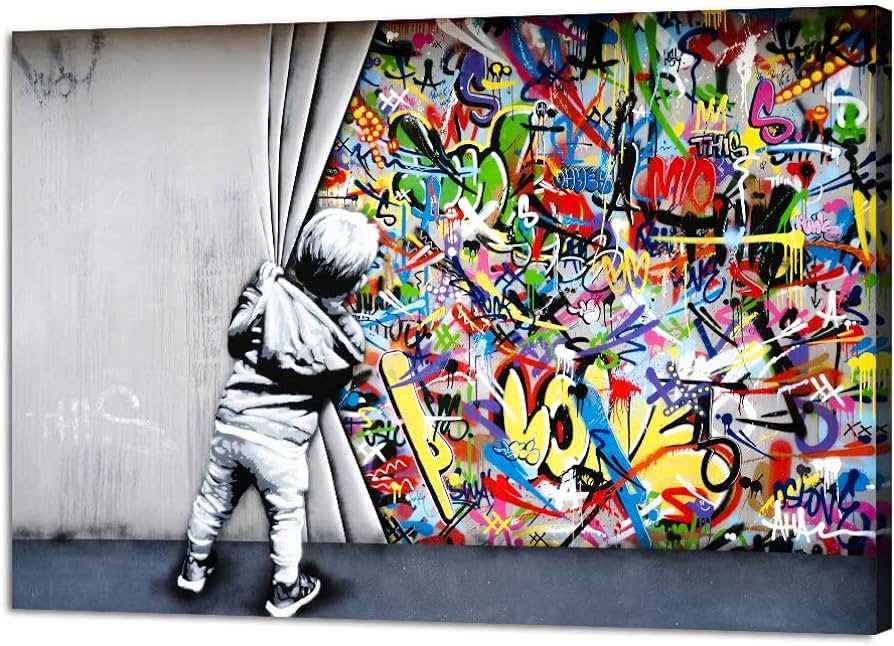
The Power of Visual Communication
Street art is a visual form of communication that reaches a vast audience, transcending language barriers and cultural differences. By transforming dull walls and empty spaces into dynamic works of art, artists can provoke a range of emotions and capture the attention of people from all walks of life. The use of bold colors, intricate details, and thought-provoking imagery allows street art to convey messages in a way that words alone cannot.
Street art gives a voice to those who may not have the means or platform to express their opinions in traditional ways. It provides an outlet for marginalized communities, activists, and individuals to address social issues such as inequality, poverty, racism, and environmental degradation.
Challenging Social Norms and Inspiring Change
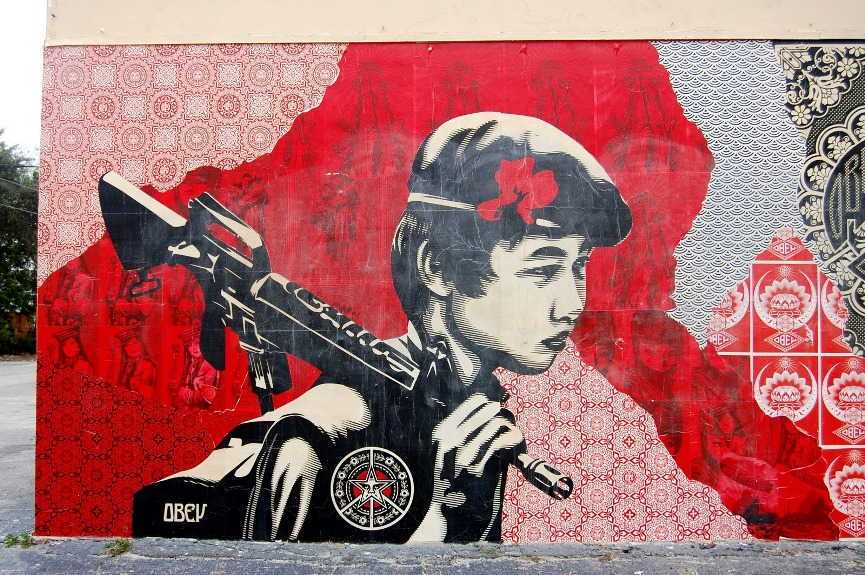
Street art often challenges the status quo and encourages viewers to question societal norms. Through its unconventional nature and rebellious spirit, street art disrupts the urban landscape and forces people to think critically about the world they live in. It has the power to bring attention to ignored problems and shed light on important social issues, acting as a catalyst for change.
Many street artists use their work to advocate for justice, equality, and human rights. They depict the struggles of marginalized communities, expose corruption, and amplify the voices of the oppressed. By doing so, they inspire others to take action, engage in dialogue, and work towards a better, more inclusive society.
Street art has become an integral part of the urban environment, adding vibrancy and diversity to our streets. Its ability to stir emotions, provoke thought, and encourage dialogue makes it a powerful force for social commentary. By harnessing the visual language of art, street artists continue to contribute to important conversations, challenging societal norms, and shaping public consciousness.
The Challenges Faced by Street Artists
Street artists face a myriad of challenges in their pursuit of creativity. From legal issues to societal misconceptions, these challenges can hinder the growth and expression of street art as a legitimate art form.
One of the main challenges that street artists face is the legality of their artwork. Many cities have strict regulations and laws against unauthorized public art, making it difficult for artists to find suitable spaces for their work. The risk of fines or even arrest can discourage artists from pursuing their passion in public spaces.
Another challenge faced by street artists is the perception of their work. While some view street art as a valuable form of expression, others see it as vandalism or graffiti. This negative perception can lead to misunderstandings and hostility towards street artists, making it harder for them to showcase their talent and gain recognition.
Additionally, street artists often struggle with the ephemerality of their work. Unlike art displayed in galleries or museums, street art is exposed to the elements and can be easily damaged or erased. This impermanence can be disheartening for artists who put extensive time and effort into creating their pieces.
Furthermore, street artists often face financial challenges. Unlike traditional artists who may sell their artwork, street artists rely heavily on donations or commissions to support their endeavors. Finding consistent sources of income can be precarious, leaving many artists to struggle financially.
Despite these challenges, street artists continue to persevere and push the boundaries of artistic expression. Their passion and determination allow them to overcome obstacles and bring beauty and thought-provoking messages to the streets.
The Future of Street Art
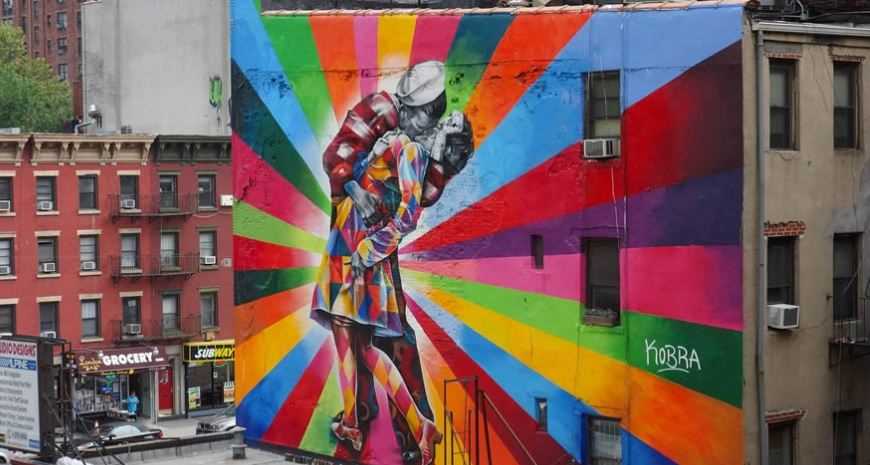
Street art has always been a powerful form of self-expression and a way for artists to communicate their messages to a wider audience. Over the years, it has evolved from simple graffiti tags to intricate and thought-provoking murals that reflect the social and political issues of our time.
In the future, street art is likely to continue to push boundaries and challenge societal norms. With the advancement of technology, artists will have new tools and techniques at their disposal, allowing them to create even more stunning and immersive works of art. Virtual reality and augmented reality are likely to play a significant role in the future of street art, providing new ways for artists to engage with the public and create interactive experiences.
Furthermore, street art is becoming increasingly recognized and accepted as a legitimate art form. Many cities around the world have embraced street art and have dedicated spaces and festivals to showcase the work of talented artists. This trend is likely to continue, with more cities and institutions supporting street art and providing artists with the opportunity to work legally and create larger-scale pieces.
The future of street art also holds the potential for greater collaboration and community involvement. Artists are already starting to work together on large-scale projects, combining their unique styles and skills to create something truly awe-inspiring. In the future, we can expect to see more collaborations between street artists, as well as collaborations between street artists and other art forms, such as music and dance.
Overall, the future of street art is bright and promising. With advancements in technology, increased recognition, and greater collaboration, street art will continue to evolve and inspire both artists and audiences alike. It will continue to be a platform for self-expression, activism, and cultural commentary, shaping the world we live in.

I am a mural enthusiast and a fervent admirer of street art. Rather than creating murals myself, I am passionate about collecting them. My love for street art knows no bounds. I am dedicated to curating and cherishing these artworks that grace the streets. My collection stands as a testament to my profound appreciation for this form of artistic expression.
read about me



